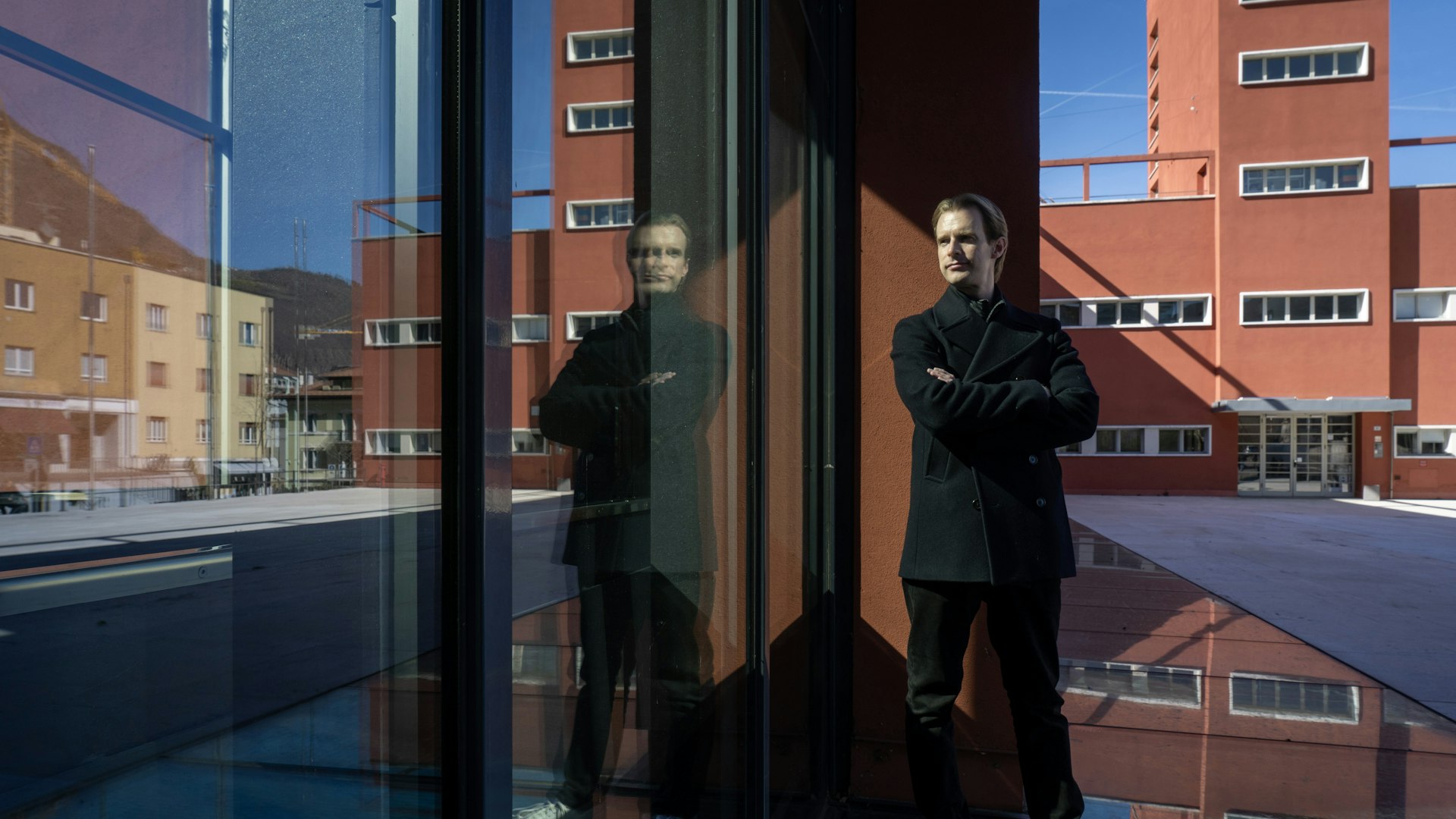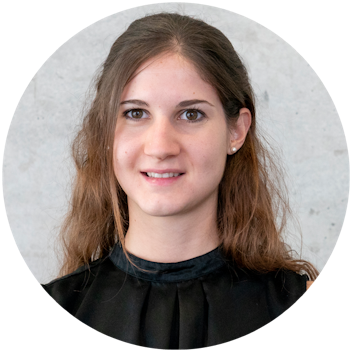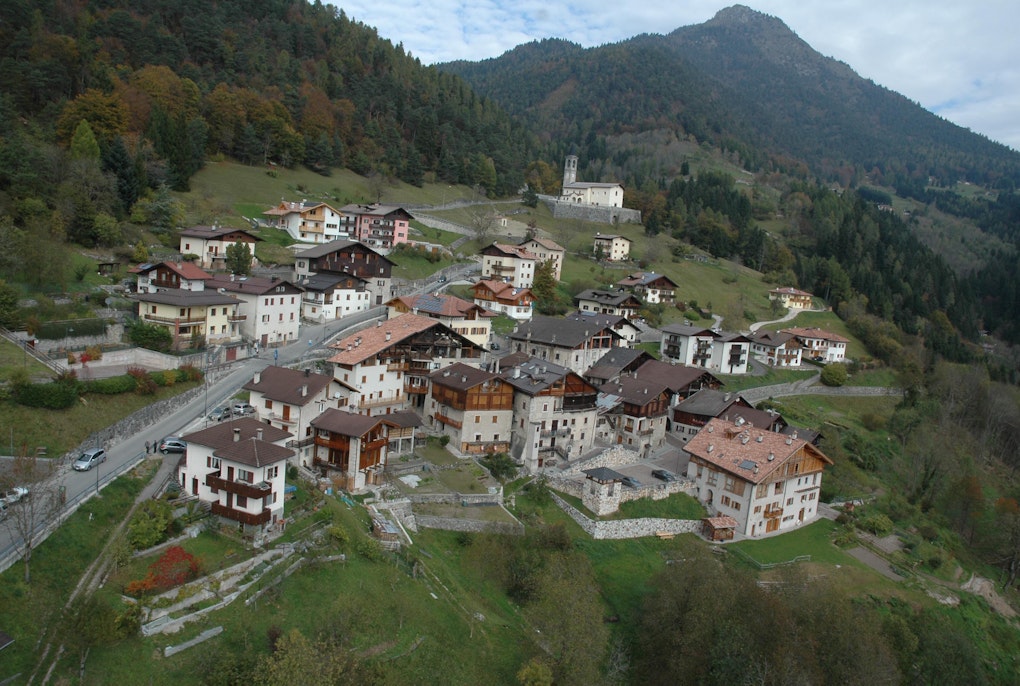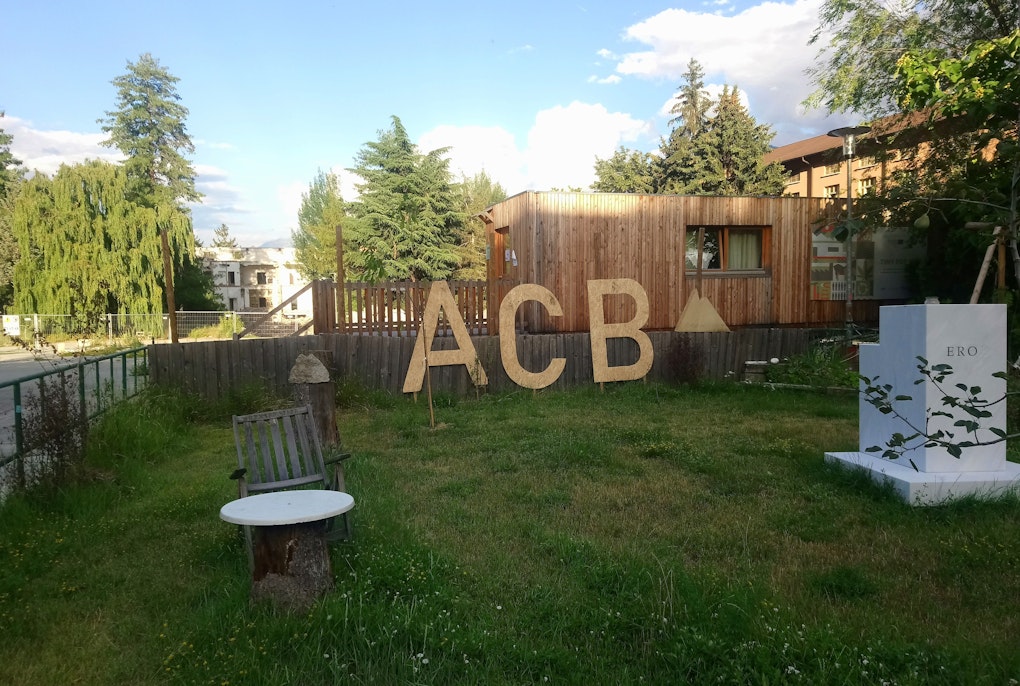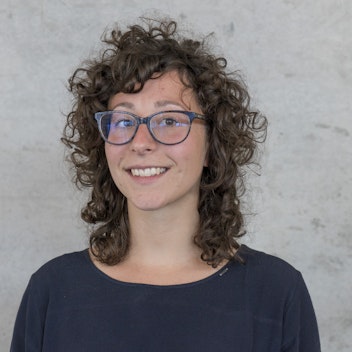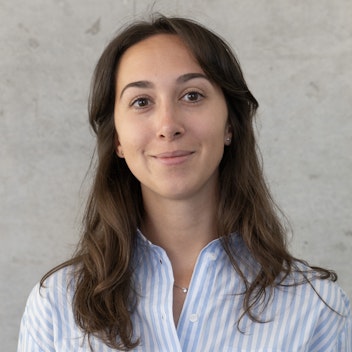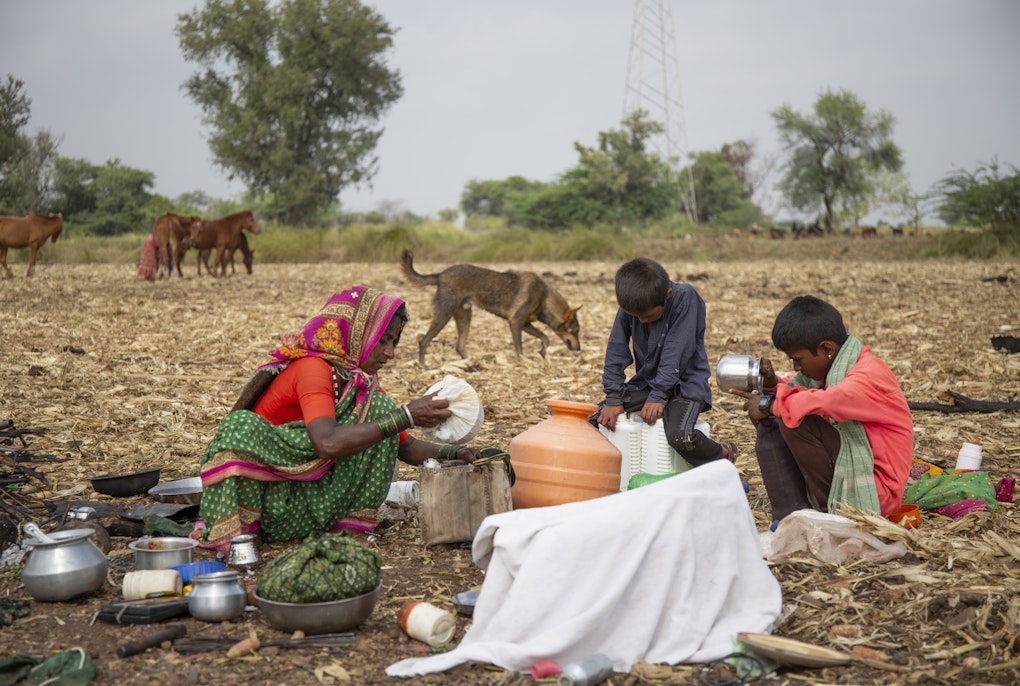A look at the mechanisms revitalizing economies, accelerating new technologies and fostering social initiatives in peripheral areas with “innovation profiler” Bradley Loewen.
To get started, can you give us some general facts about peripheral areas as they stand?
Bradley Loewen: There are multiple ways of understanding peripheries from different disciplines. It can be a contentious term to use, but I use it the way that it is embedded in EU policy and EU discourses. EU Regional or Cohesion Policy defines peripheries more or less as economically less developed regions ̶ below the EU average of GDP per capita in a subnational region. There are some statistical ways of understanding this in EU terminology. South Tyrol is a region which gets measured and compared with all the other European regions. The data is then used for funding allocations from the Commission for the purposes of regional development. Despite this rather simplified understanding, there are other aspects of peripherality that must be taken into account. Regions can be geographically peripheral, that is, taken in terms of their physical proximity and accessibility to centres, and they can be cognitively peripheral, reflecting the social and cultural dynamics of the region. These are important in the study of innovation, due to the role of specialized knowledge and exchange of information, for example, which are regionally embedded.
What about here, South Tyrol?
Bradley: Here the different notions of peripherality come into play. If we examine the economic situation exclusively, South Tyrol would not necessarily be considered a periphery due to its being one of the regions with the highest GDP per capita. But by the geographical aspects, South Tyrol is still peripheral because of the mountains and accessibility issue. Most of the province is rural, although it has some urban centers, but they’re still not that well-connected. They’re small. Rural areas are often associated with economic peripherality, but that doesn’t hold true everywhere here either. It’s very economically developed, but it still has some of the so-called problems that affect peripheries. It performs below the EU average in terms of innovation. You’ll want to know how innovation is measured. Well, that’s a tricky one because there are limited parameters in place for understanding it. The one that’s commonly used is patents, which is especially relevant for new technologies. When there’s an invention, it gets patented. It gets registered, and this is simple to quantify. The partners that were part of that process get registered as the owners and the location of the patent gets registered with that. So, there is a bias in thinking about innovation to focus on technologies. There are other things that could be measured to create a broader encompassing dimension of innovation analysis such as the level of education per inhabitant. Like how many per 100,000 have a higher university degree or advanced vocational training, and how connected are the fields to the local economic specializations? And then there are quality of life indicators, too. That’s a focus of research for institutes like the OECD, which has a center down the road in Trento. Trying to define the good life: wellbeing, regional livability, indexes, these kinds of things beyond GDP. Healthcare, culture, recreation, how people would more qualitatively assess their quality of life rather than just with income. This is how the research areas around innovation and economic development are changing. Back to South Tyrol, it has tended to score below its neighbours, Trentino to the south and regions in Switzerland, Germany and Austria, according to the EU’s Regional Innovation Scoreboard. Yet, there’s something interesting happening here in terms of the culture or the institutions regarding how this region performs so well economically, but supposedly not equally as well in terms of innovation. This contradiction is partly leading the investigation. As researchers, we have to question how we think about innovation and how to measure it. Perhaps the measures of innovation, which typically have an economic interpretation, are not calibrated as well to the context of South Tyrol. Innovation policies in the EU have been mainly concerned with raising the level of economic development and regional competitiveness. Now with increasing focus on social and environmental sustainability, we have to look beyond that, to social and environmental innovations. A couple of years ago The Center for Advanced Studies put together a Dossier on the subject in German and Italian which can be found here.
South Tyrol is very economically developed, but it still has some of the so-called problems that affect peripheries.
Bradley Loewen
How have peripheral areas changed over time since you’ve been studying them?
Bradley: I would say actually there’s less stigma now than there used to be about peripheral areas because there’s more recognition of the quality of life and the different types of lifestyles that people want. Not everybody wants to move to the city. People come from throughout Italy to raise their families in South Tyrol, be near the nature and have a better work-life balance. This is true also in Central and Eastern Europe where the differences between the cities and the peripheries are much wider in general. But there are parallel waves of migration to the city and back to the countryside, to the peripheral areas. Back when I was studying, I actually have my master’s in urban planning, I learned about migration dynamics and people’s preferences in choosing where to live. In the ‘90s and 2000s, there was this strong discourse, rooted in evidence, that people were moving to the cities. Young people wanted to move out of the suburbs in America and in Northern Europe and go to the city centers. But as city centers get more crowded and expensive, people start looking for other places to go to. That there’s always a drive to move to cities is no longer unquestionable. That’s a shift that I’ve seen in the discourse.
What does your current research focus on?
Bradley: I’m looking at the innovation ecosystem in South Tyrol – the network and the interactions between stakeholders that are working in innovative sectors. Methodologically, I’m just starting a social network analysis to map out the stakeholders. It’s a method for stakeholder mapping. When we hear social network analysis, most people probably think about social media data to define virtual communities and the like. We can use this data in real networks as well simply by looking at partnerships in innovative projects, and this can be found by looking at research funding calls and tenders: any projects that receive EU money are registered, and we can see who their partners are. Since I’m looking for innovative activities, it makes sense to include this kind of innovation seed funding from public sources: the EU, the province of Bolzano. There’s a lot of regional cooperation with Interreg projects too. There’s also EU funding which has been provided for a long time, for 15, 20 years, at least in South Tyrol. What’s difficult to find out is the smaller partnerships between private actors. Without tracing public funding, we don’t know what kind of informal partnerships they may have. We have to compliment this social network analysis based on the available data through funding arrangements with surveys and interviews. After I get my initial view of the stakeholder map based on public data sources, I’ll go through a snowballing survey or interview process in which we ask organizations which other firms they interacted with the most over a period of time. They would then also nominate who should be interviewed next, so we follow the trail that way to complete the network.
That there’s always a drive to move to cities is no longer unquestionable.
Bradley Loewen
In South Tyrol, what sectors do you see more innovation in than others?
Bradley: This depends on the focus of my research. I first looked at the literature of what’s been published in South Tyrol because I wanted to see which topics in innovation get the most attention. I’ve found literature on energy and buildings, tourism and agriculture, which we could take as leading innovative sectors for study. With these, there’s an interesting distinction to explore between technological and social innovation, which I would like to delve deeper into. It’s also possible to look at eco-innovation, such as innovation related to environmental sustainability goals. At the Institute for Regional Development, where I am now working under the supervision of the Institute head Thomas Streifeneder, there was another EU-funded project about social innovation in rural settings, looking at the provision of social services on farms (SIMRA project), so there is an opportunity to build synergies within our institute including different conceptualizations of innovation. Social innovation in particular is a broad concept. Some consider it to be innovation that is non-technological, while others consider it to be social in its means, meaning how it is generated and delivered, or serves a societal need. In that sense, a technological solution can still qualify as a social innovation. I tend to leave it open to the actors themselves, whether they identify their activities with social innovation, to not be exclusionary. As I’m delving deeper into the South Tyrol case, I will focus first on innovation in its broadest sense in the energy sector.
What’s happening in the rest of Europe?
Bradley: I also worked in Norway before coming to Eurac Research. I was a postdoctoral researcher doing social research in energy transitions. Norway is broadly seen to be a leader in energy innovation. It helps that the whole country runs on renewable energy already, because it’s been developed with hydropower, and they put a lot into wind power. Having said that they’re still massive oil and gas producers, so there are contradictions. As a country, they have the technical capabilities, they’re developing technological innovations, which they then export to the rest of the world. But it’s the social aspect of implementing the green transition, which is the next area for research there. I think I see a parallel in South Tyrol in the sense that it’s really rich in renewable energy. It has this legacy of hydropower and other possibilities with solar panels and other means. The question is, like the innovation issue in general, do they need to do it for economic reasons or others? There are interesting social questions underlying this research. I’m a social scientist at heart, so that’s what drives my own interests, even though I would say that I’m doing this project as an economic geographer. I don’t have to fit myself into a discipline, but as an economic geographer, I do social and qualitative research.
Social innovation in particular is a broad concept. Some consider it to be innovation that is non-technological, while others consider it to be social in its means.
Bradley Loewen
What are you going to do with this map you’re creating?
Bradley: I’m going to make what I call innovation ecosystem biographies. Innovation biographies are a methodology which is used in STS ̶ science, technology and society studies. An innovation becomes the object of the study, like a technology developed by a startup company whereby the key actors in the process of its development could be studied in terms of their roles, contributions, challenges experienced, and so on. I will trace the development of the ‘innovation ecosystem’ in this way, making a timeline, a bit like process tracing in political science. Then I’ll insert all of the actors that influence the process in the ecosystem’s ‘biographical’ development. What you get is a map because you can also place the beginnings of the ecosystem in space and show the evolution of the geographical reach of the actors network, as actors from different places contributed to it. You end up with a kind of story about the innovation or, in my case, the innovation ecosystem. It’s a biography, and it uses a narrative style. When you write it up, it’s descriptive. Innovation biographies are a novel approach. So is the social network analysis. In my case, these innovation biographies are intended to be an output that is oriented towards the policymakers. It’s not just an academic project, but I aim to produce some kind of handbook or guidebook with these narratives, these innovation biographies, and make them relatable to the challenges that policymakers face when creating an environment conducive to innovation. The project’s title is Enabling Institutional Supports for Innovation in European Peripheries. There’s a lot of knowledge about what policy should say for innovation, but this project is intended to focus more on the implementation side. Through the social network analysis, and then the surveys and interviews, I want to find the bottlenecks, the gaps, maybe missing relationships we can identify through social network analysis, as well as understand core functionalities and roles of specific actors. We might be able to see the ones that are there, but also infer important functionalities and roles that are missing or pose barriers to wider collaborations, such as by acting as brokers – facilitators, coordinators, matchmakers – or gatekeepers potentially controlling or limiting access to partnerships for innovation. I want these findings to be really practical to the policymakers
I don’t have to fit myself into a discipline, but as an economic geographer, I do social and qualitative research.
Bradley Loewen
The Project
Enabling institutional change for innovation in European peripheries: from policy to implementation
PeripheRIS investigates regional innovation systems (RIS) in peripheries in order to uncover institutional mechanisms for enabling innovation. Focusing on stakeholder interactions and the institutional setting of South Tyrol, the research uses social network analysis and takes inspiration from the method of ‘innovation biographies’ to map and analyze the regional innovation ecosystem, ultimately drawing lessons from innovative sectors for policymakers. The project has received funding from the European Union’s Horizon 2020 research and innovation programme under the Marie Skłodowska-Curie grant agreement no. 101024926.
About the Interviewed
Bradley Loewen (PhD) is a Senior Researcher at the Institute for Regional Development at Eurac Research. He was trained in urban and regional economics, planning and development at universities in Canada and Europe. He has previously been a postdoctoral researcher in sustainable built environment and energy transitions at the Norwegian University of Science and Technology and has taught courses on regional economics and international business at the University of Tartu, Estonia, where he also obtained his PhD in Economics. Bradley is experienced with international collaborations and research in EU policy areas, including doctoral research conducted within the Marie Curie Actions Initial Training Network, ITN RegPol2, on the topic of regional policy and institutional change in Central and Eastern Europe. Currently at Eurac Research, he is the recipient of a Marie Skłodowska-Curie Actions (MSCA) Individual Fellowship for the PeripheRIS project, focused on innovation in peripheries.
